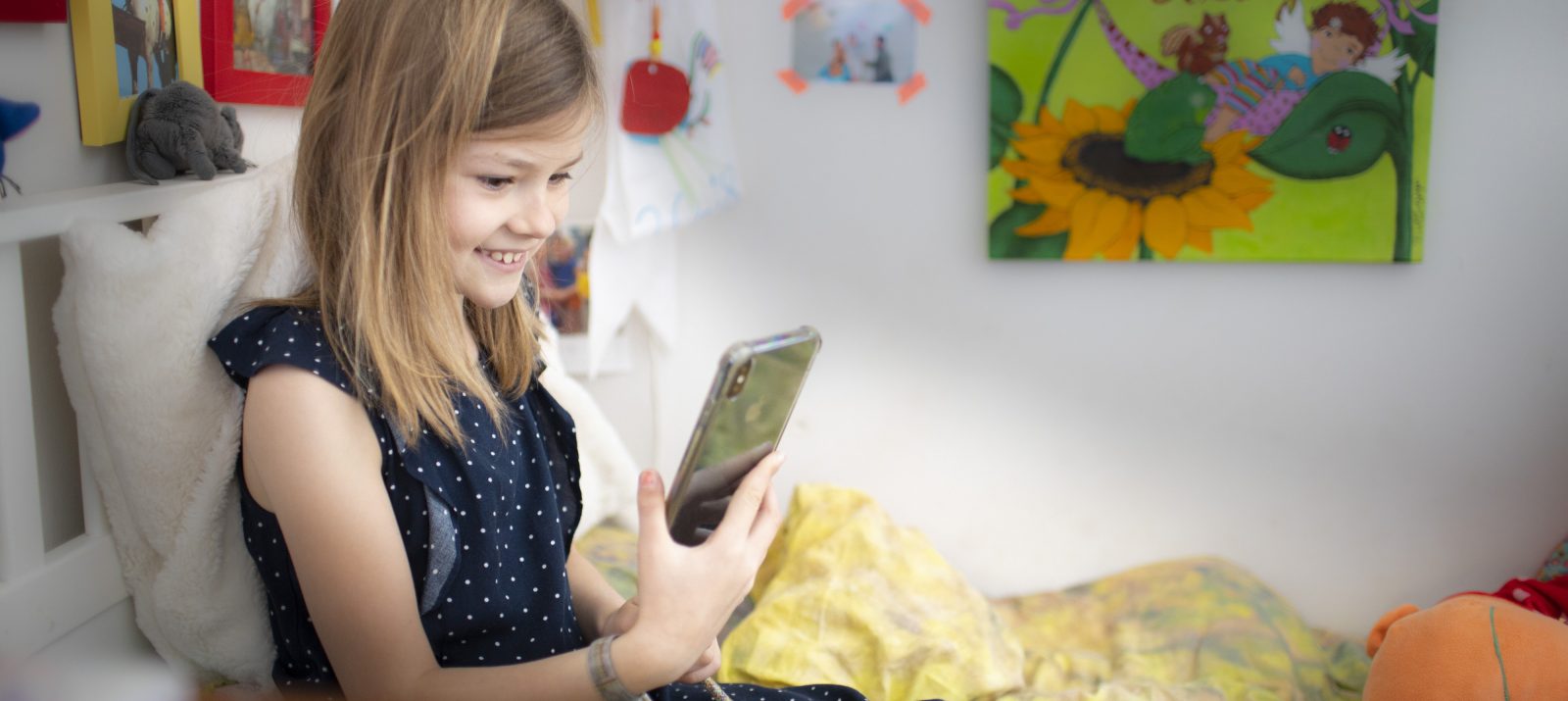
YouTube is the largest video portal in the world. Although the platform can only be used officially from the age of 16, it is particularly popular with children and young people. For you as a parent, there are several ways to get your child on YouTube to protect
YouTube is the world’s largest platform for uploading and watching videos. It offers the possibility to watch numerous videos about different topics, comment on them and rate them. In addition to commercial channels, individuals also have the ability to quickly and easily post and publicly share videos on YouTube.
The content on offer is huge and ranges from makeup tutorials to music videos and Let’s Play videos. There is something for all interests and all ages. Videos by well-known YouTube stars, whose channels are often followed by several million people, are particularly popular with young people. While some are about beauty and fashion tips, others do comedy or document their gaming experience of a popular online game. Children and young people enjoy watching certain videos, participating in the lives of their idols, and talking about them.
Some formats, such as challenges, encourage users to participate. When children and young people see how quickly they can supposedly achieve fame and recognition through YouTube, this can awaken in them the desire to become active themselves and upload videos to YouTube. Children and young people can test themselves creatively in this way and strengthen their media skills. For you as a parent, there are a few things to keep in mind if your child is active on YouTube or wants to be.
Videos for children must be marked as such. No personalized ads will then be displayed in front of these videos. In addition, other functions such as live chat or the comment function are limited. The community guidelines specify a way of dealing on the platform to protect children. No content may be shared that depicts children engaging in sexual or dangerous acts, or that could endanger the physical or emotional well-being of young users. YouTube encourages its members to immediately report videos and channels that violate the Community Guidelines.
Before, during and after video clips, YouTube shows more and more advertising, as it is not necessarily age-appropriate (if the videos were not “marked” as “For Children” when they were posted). Advertising from influencers that is woven into videos as if completely by accident is difficult for children to see through.
If you or your child publish YouTube videos yourself, there may also be advertisements beforehand. You can hardly influence what advertising is running. However, be sure to label videos as “For Children” so that there is no content in the ads that is harmful to minors.
You have the option to set the restricted mode in your child’s YouTube profile. The user is then only shown videos that have been classified as age-appropriate and harmless – if they were marked accordingly when they were posted and classified as such by YouTube’s algorithm (i.e. programming that runs in the background). Inappropriate content is blocked and is not available in restricted mode.
With the so-called parental control, you should be able to decide what your child sees on YouTube or to track it. It works through an adult’s Google account. Weigh whether this is necessary, or whether agreeing on rules and having regular exchanges about YouTube use might be a better way forward for you and your child.
The problem is that algorithms do not work error-free and a video can easily “slip through”. You should therefore additionally keep an eye on what videos your child is watching and whether you find them suitable. The restricted mode can also be easily bypassed. If, for example, another browser is used or the browser data is deleted, the parental control is canceled. An additional security measure is independent parental control programs that can be easily installed on the PC free of charge. It should be noted that some programs block the entire YouTube website.
If your child wants to upload videos themselves, work out together what and how much can be shown to protect your child’s privacy. Also, talk about the dangers of cybergrooming and hate speech and make it clear that your child can and should talk to you about such things. When uploading, videos can be set to “unlisted” or “private”. Think with your child about who should have access to the content. However, you can’t completely eliminate the risk of videos being posted and shared on other social media channels.
Also talk about the right to one’s own image, the protection of intimacy and privacy, and copyright. Because it can easily happen that your child unknowingly violates such guidelines – for example, if people are seen who have not given their consent or music is used that is protected by copyright.
YouTube has long been part of children’s everyday lives and is an important channel. Keep an open mind about your child’s desire to watch videos or take action on their own. Talk to your child about possible risks and sources of danger and create usage rules for YouTube together.